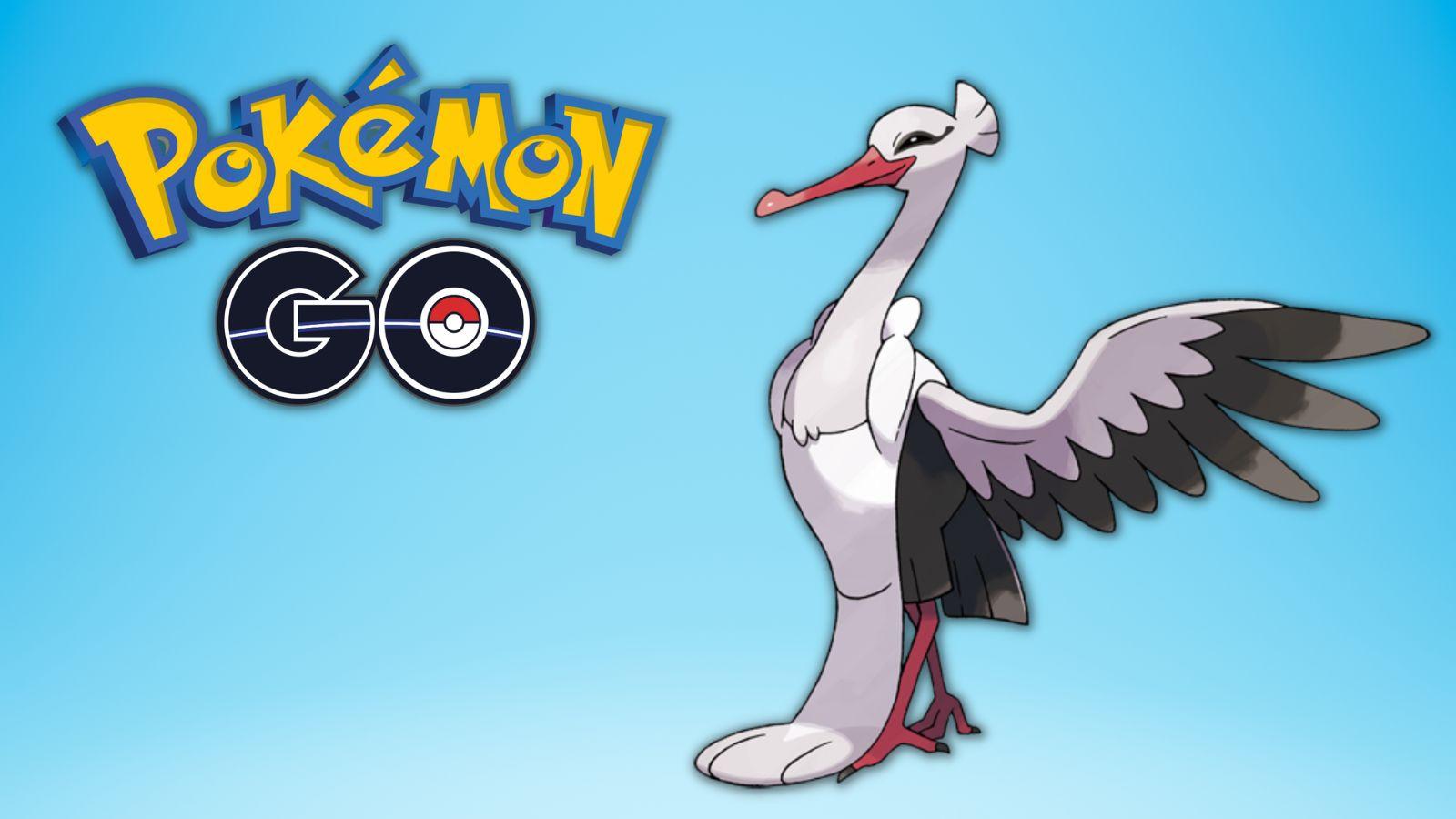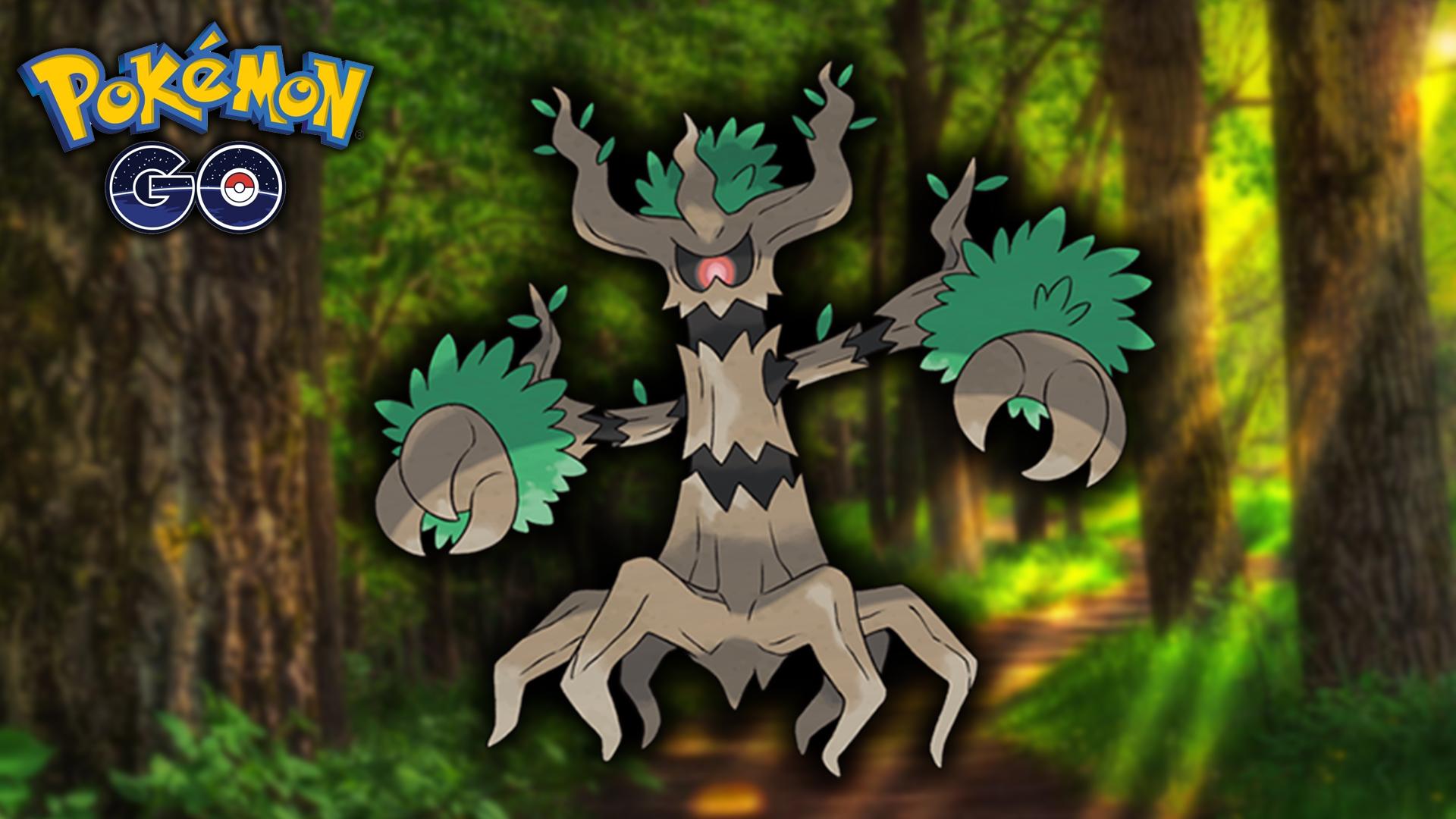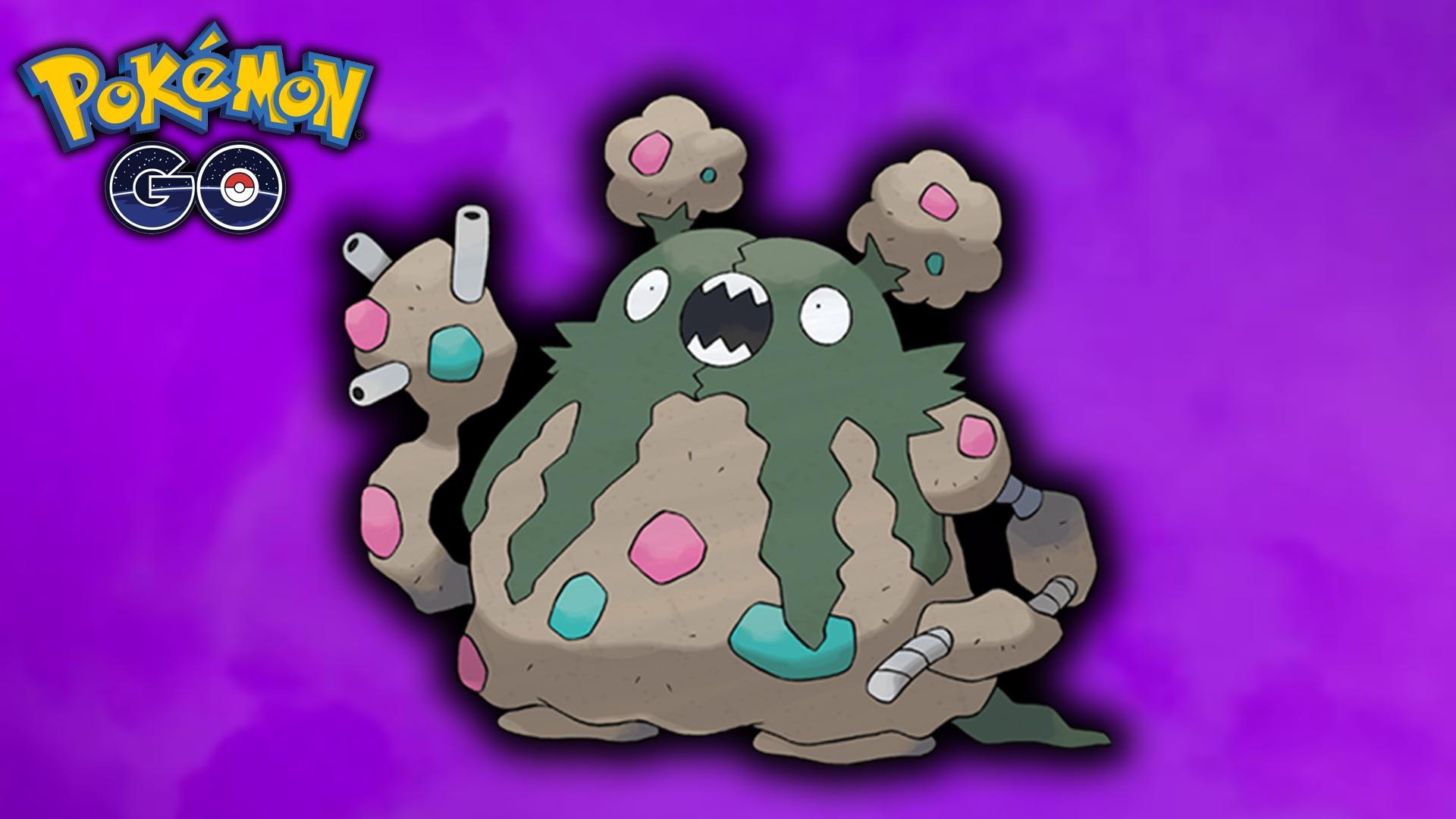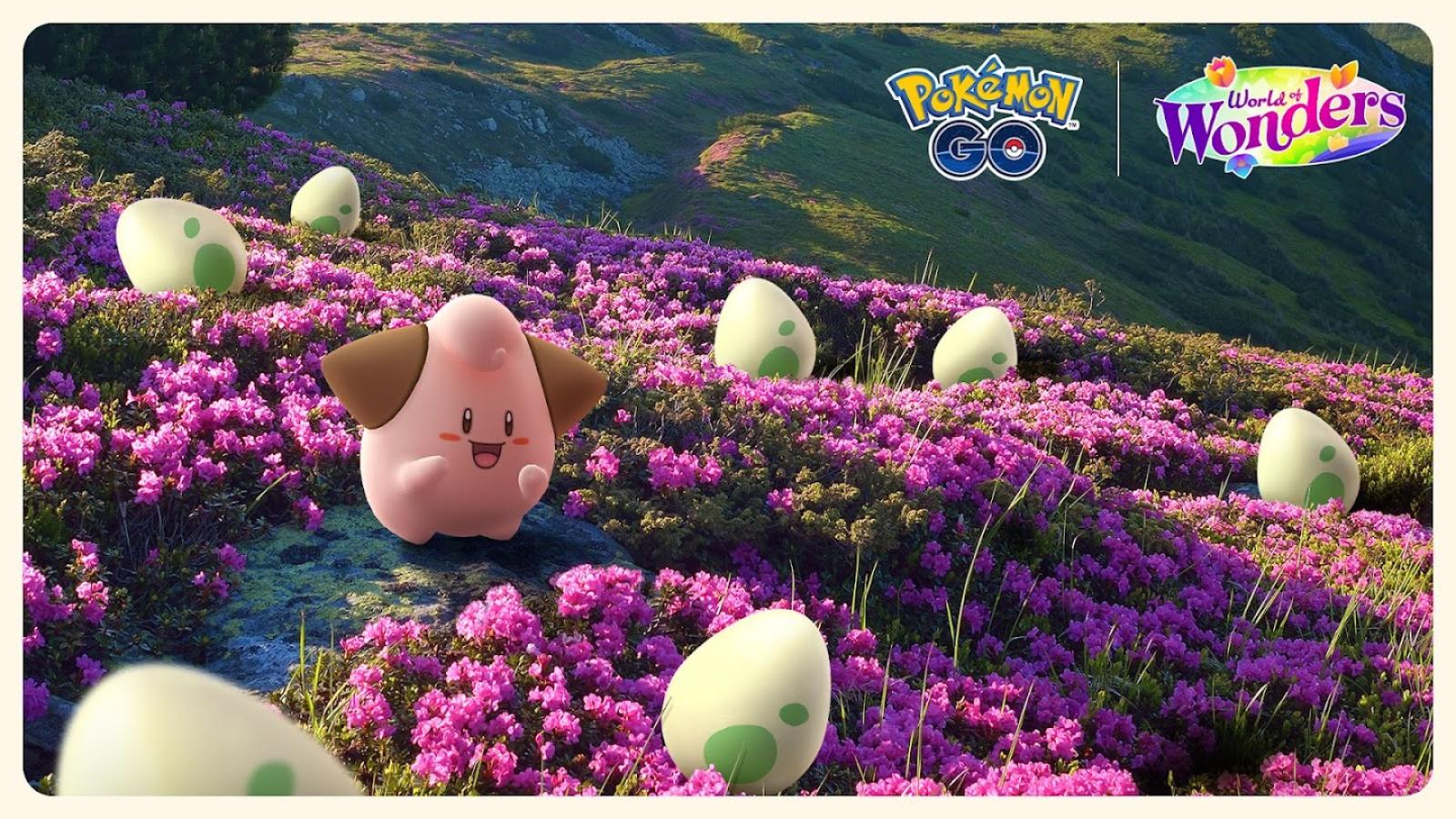Pokemon Go search terms – Full list
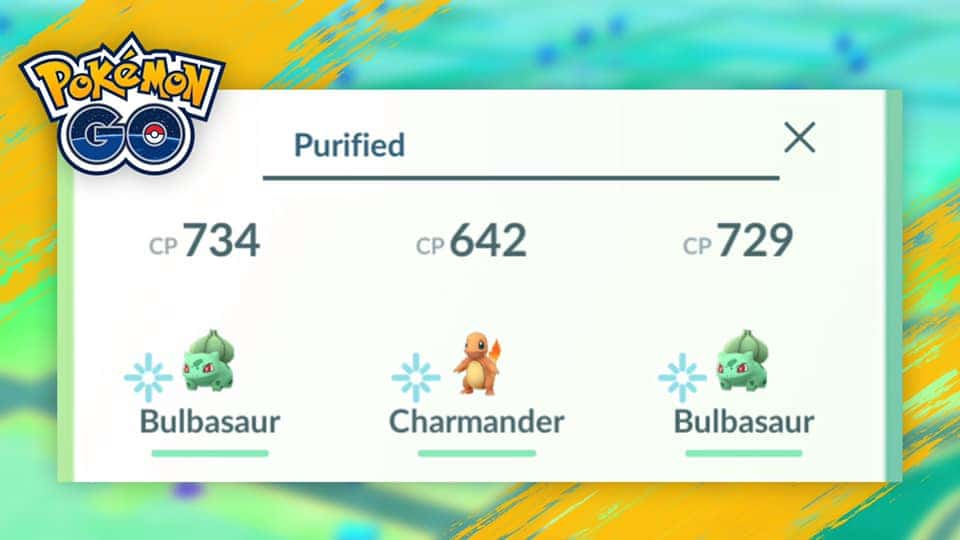
Pokemon Go has a search term feature that allows you to navigate and filter through all your ‘mons. This guide looks at all the important search strings that are vital to know on your journey.
You’ll see a lot of different names used for the search bar that appears at the top of your game‘s storage screen – from search term to search box, search string, and even filter box at times. Using it efficiently can allow you to filter through your Pokemon in a lot of efficient and unknown ways.
Many trainers simply see the search bar as a place to type a Pokemon name and have it return a list of those Pokemon. The search bar can be used for so much more though if you know the right things to enter,
Contents
 @PokemonGoApp
@PokemonGoAppPossible search strings
Surprisingly, this feature really seems to have flown under the radar within the Pokemon Go community. Every trainer at some point has thought, ‘I really want to only show some specific Pokemon from my storage’, and instead of being able to do so, have felt the only way is to manually filter through. This is time-consuming and often frustrating.
Luckily, search strings take out all of that monotony, allowing you to find just what you need so that you can get back to catching and battling your way through the Pokedex.
Searching by Pokemon name
The first use for the bar is probably the one that trainers will most likely be familiar with. Searching for a Pokemon’s name will show you every single of those species that you have. So, if you search ‘Charizard’, you’ll be shown all the variants of that ‘mon you’ve caught.
- Read more: How to beat Cliff
Sometimes, though, you may want to find all Pokemon from a particular evolution line. The method behind this isn’t as obvious, but it’s incredibly easy to search for!
 Using + at the start of a Pokemon name will include its evolution line.
Using + at the start of a Pokemon name will include its evolution line.To do this, all you need to do is add a ‘+’ to the search string. So, in this case, ‘+Charizard’ will show you all of the Pokemon you have from the Charmander evolution line including Charmander, Charmeleon, and Charizard. The same results will show for ‘+Charmander’ and ‘+Charmeleon’, too.
Keyword searches
As well as searching for a ‘mons name and evolution, there are various basic keyword search terms you can use, too. The following is a list you can use to filter by:
The terms are as follows:
| Search term | Result |
| Legendary | Lists all of your owned Legendary Pokemon. |
| Mythical | Displays all of your Mythical ‘mon. |
| Shiny | Shows all your Shiny Pokemon within your Pokedex. |
| Lucky | Lists all of your owned Lucky Pokemon. |
| Shadow | Shows all your Shiny Pokemon within your Pokedex. |
| Purified | Displays all of your purified ‘mon. |
| Male | Lists all of your owned male Pokemon. |
| Female | Displays all of your Female ‘mon. |
| Buddy0 | Pokemon will no buddy history. |
| Buddy1 | Early on in your Buddy ranking. |
| Buddy2 | Lists all ‘Good’ buddies. |
| Buddy3 | Displays all ‘Great’ buddies. |
| Buddy4 | Shows all ‘Ultra’ buddies. |
| Buddy5 | Lists all ‘Best’ buddies. |
| Defender | Shows which of your Pokemon are defending a gym. |
| Traded | Brings up all of the Pokemon that you received by trade. |
| Hatched | Lists all of the ‘mon that have been hatched through eggs. |
| Evolve | Displays all of the Pokemon that can evolve. |
| Region name (Kanto, Johto, Galar) | Showcases your ‘mon by region. |
You can also search by type. For example, the term ‘Grass’ will show you all your Pokemon that are a grass-type.
This search string won’t just show those pure grass-types, but will also include anything that is dual. As an example, Venusaur would show up in the results when searching ‘Grass’ or ‘Poison’.
 You can also search for legendary Pokemon and specific types.
You can also search for legendary Pokemon and specific types.Available advanced searches
As well as these basic search terms, there are more complicated searches you can take advantage of, too. Not many Pokemon Go trainers know of these, and they’ll definitely prove useful.
CP and HP
Firstly, you’re able to filter Pokemon in your storage by CP and HP. A search of ‘CP1000’ will show all Pokemon with a CP of 1000.
That one isn’t particularly useful though, as it will exclude any species that are close to the 1,000 CP mark. Instead, you should search for a range.
‘CP2800-4000’ will return all Pokemon between those values, a much more viable and useful type of search. Replacing the term with ‘HP’ will bring up a similar result, but for a mon’s health.
With GO Battle League now a popular part of Pokemon Go searching for Pokemon within each league’s limit is commonplace. For example, to find species suitable for Great League, you could search between the upper end of the maximum 1500 CP mark.
 Filtering by IVs is a very useful way to check out a specific ‘mon.
Filtering by IVs is a very useful way to check out a specific ‘mon.Star rating
As part of the previously revamped appraisal system in Pokemon Go, individual species are now given star ratings in terms of their individual values (IVs). These range from 1 through to a maximum of 4.
If you’re looking to transfer any Pokemon under a certain star rating, this is incredibly useful. Searching ‘1*’ will show you every Pokemon you have that has 1 star IVs, regardless of their CP.
It should be noted, however, that searching for ‘4*’ will show you only Pokemon with perfect IVs, so even a Pokemon with 44 out of 45 will come under ‘3*’.
Move name and type
Finally, you can search by moves in the Pokemon Go search bar. Adding ‘@’ to the start of the search string will indicate that you are performing a move-based search.
If you want to find any of your Pokemon that have Solar Beam, for example, searching ‘@Solar Beam’ will show you all of your Pokemon with that as a move. Similarly, you can also do these by move-type to show every Pokemon that has a type-specific move. That being said, this won’t distinguish between fast and charge moves, however.
This is a great way to find which of your Pokemon may have a surprise advantage. It can also be used to find weaknesses when taking on a Raid Boss.
 If you need to find a specific move or move type, then use this search term…
If you need to find a specific move or move type, then use this search term…Combining search terms
For those of you that want to narrow things down even further if you’ve got 1000s of ‘mon tucked away, you can also combine your searches together. Adding either ‘&’ or ‘|’ in between searches will bring up results for both.
 The ‘AND’ and ‘OR’ functions allow you to combine the above search strings…
The ‘AND’ and ‘OR’ functions allow you to combine the above search strings…The same can be done for an ‘or’ function. Instead of searching for parameters where both of them must be met, you’ll be searching for either of them to be.
And there you have it, all of Pokemon Go’s search terms. You can now filter your Pokemon in a multitude of ways, which will make sorting and finding the ones you want much easier!
